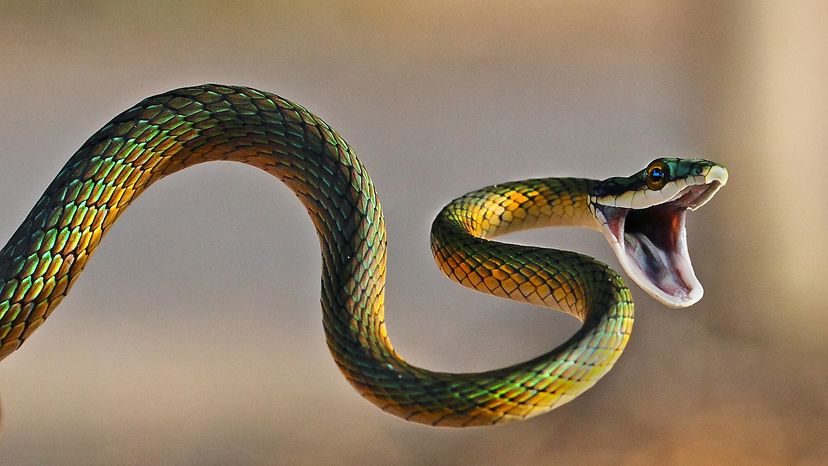
Have you ever found yourself asking the question, "How long do snakes live?" Well, you're not alone. Whether in the wild or as pets, snakes have varying lifespans depending on their species and environment.
Some snakes live for just a few years, while others can slither through life for decades. There are plenty of different snake species out there, and they all have unique lifespans based on where they live, what they eat and even how they're cared for.
Advertisement
From corn snakes to boa constrictors, every snake has a different story when it comes to longevity. So, let's take a closer look at how long snakes live in the wild and in captivity, as well as the key factors that influence their lifespan.